Fantastic! A double challenge this week! I’ll definitely be sticking with the first challenge, JP to English, but it’ll be fascinating to see how other people translate in the other direction. Thanks again so much @ThousandJP for such a brilliant project!
Day one
What is the sign telling us?
芝生に入らないでください
芝生 - lawn, grass
に - ‘end-point of an action’ particle
入らない - negative form of 入る, to enter
でください - please don’t (Verb[ないで]+ ください)
Please keep off the grass
Day two
What are the guidelines?
この場所はこどもからオトナまで体験できる作品を展示した休憩エリアです
この場所は - this area
こどもからオトナまで - from children to adults
体験 - たいけん - practical experience
できる - can
作品を - さくひんを - artworks + object marker
展示 - てんじ - exhibition
した - did
休憩 - きゅうけい - rest
エリア - area
です - polite ending
This area is a place where everyone from children to adults experience art and rest (but keep off the grass)
頭上に広がる青空と、アートに包まれたポケットで ポケ~っとお過ごしください
頭上に - ずじょうに - overhead + particle
広がる - ひろがる - to spread
青空 - おあぞら - blue sky
と -
アート - art
に - particle
包まれた - つつまれた - wrapped up
ポケットで - in a pocket
ポケ - poke?
~っと -
お過ごしください - おすごしください - please spend time
Please spend time here poking around a pocket of art under the blue sky (but keep off the grass!!!)
Day three
傘の持ち込みはできません
傘 - かさ - umbrella/s
の - particle
持ち込み - もちこみ - carry-on
は - topic particle
できません - can not
Lit: you can’t carry in umbrellas
Ie: umbrellas are not allowed
傘立てをご利用ください
傘立て - かさたて - umbrella stand
を - object marker
ご利用ください - ごりようください - please use
Please use (this) umbrella stand
Day four
手荷物から手を はなさないでください
手荷物 - hand luggage
から - from
手 - て, hand/s
を - object particle
はなさ - let go
ないでください - please don’t
Please don’t release your hands from your hand luggage!
Please keep hold of your belongings.
足元にご注意ください
足元に - あしもと, one’s step + particle
ご注意ください - ごちゅういください, please heed
Please watch your step
Day five
Japan sure loves signs telling you what you can’t do!
撮影はできません
撮影 - さつえい - photography
は - topic particle
できません - can’t
No photography allowed
作品には触れないでください
作品には - さくひん, artworks + には particles
触れないでください - ふれないでください - please don’t touch
Please don’t touch the artworks
飲食の持ち込みはできません
飲食 - いんしょく - food and drink
の - particle
持ち込みは - もちこみは - bring your own + topic particle
できません - can’t
Bringing in food and drink is not allowed
And you’ll be constantly scrutinized to make sure you obey!
Day six
携帯電話の通話はできません
携帯電話の通話はできません


傘の持ち込みはできません
傘の持ち込みはできません


レインコートはお脱ぎください
レインコートはお脱ぎください


Day seven
It is often said by long-term non-Japanese residents in Japan that the constant signs telling people what they can’t do, the constant warnings over all the things that are “危ない”, the constant presence of security staff and the like, has the effect of treating people like children.
I think all these signs are actually in place because companies want to cover their backs in case things go wrong, and I suspect this is a trend that growing way beyond Japan. But yes, it can reach the most ridiculous limits, as we can see here.
小さなお子様の転落にご注意ください
Please be careful not to let small children fall.
A warning I’m sure every parent appreciates!
Or perhaps I ought to put my sarcasm aside. Perhaps it says “Please be careful of small children falling” and it is very necessary sign given the amount of people injured over the last year when babies fell on them!
Nice find @ThousandJP !


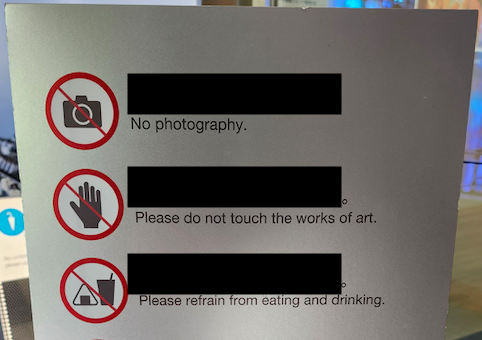
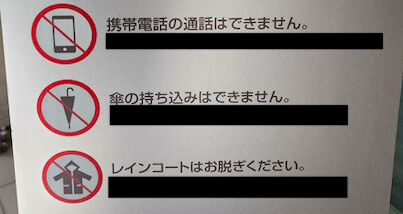



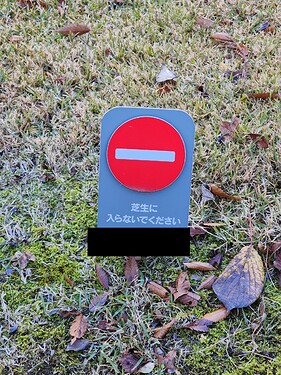
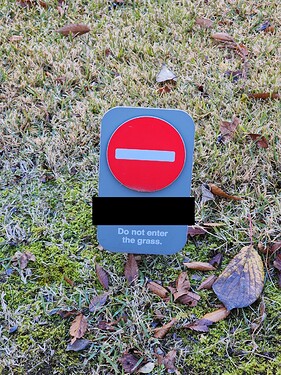




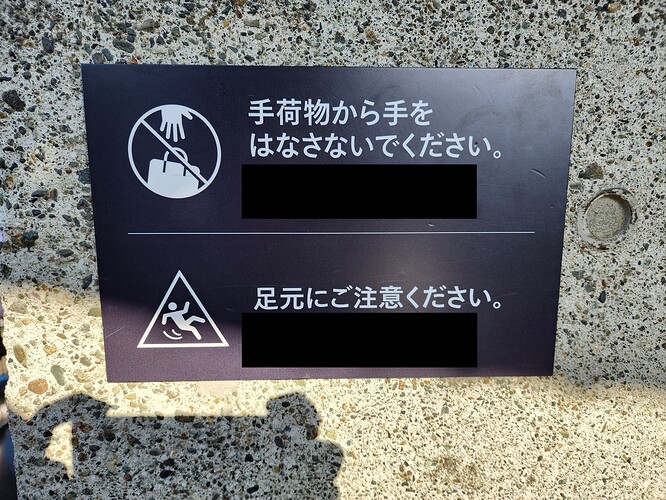
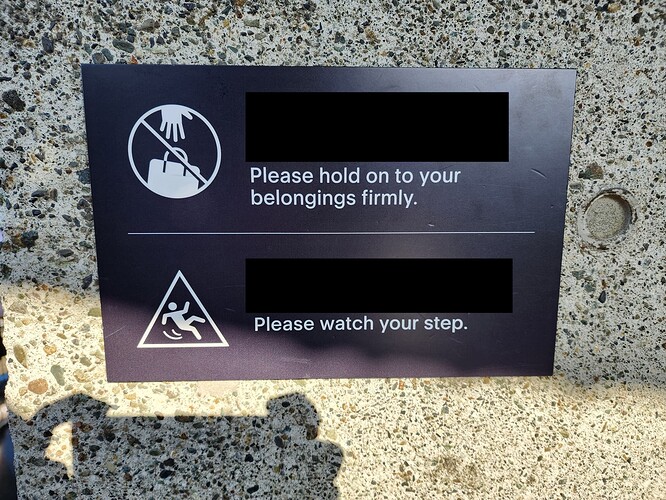





 I should have gone with the normal version today haha. There was so much ‘fluff’ in the English sentence that I just couldn’t work out how to express that at all.
I should have gone with the normal version today haha. There was so much ‘fluff’ in the English sentence that I just couldn’t work out how to express that at all.

 ,or both)
,or both) )
)
